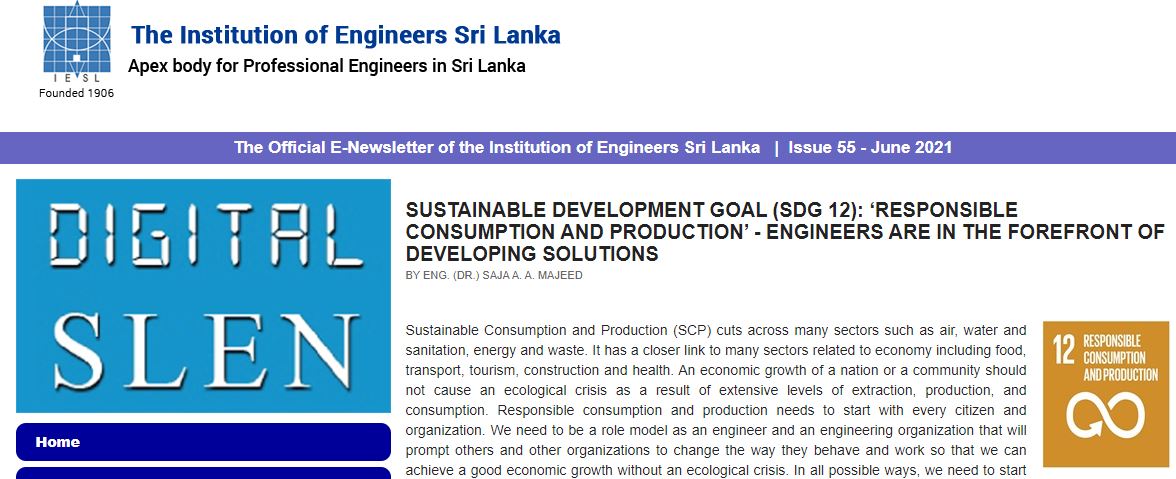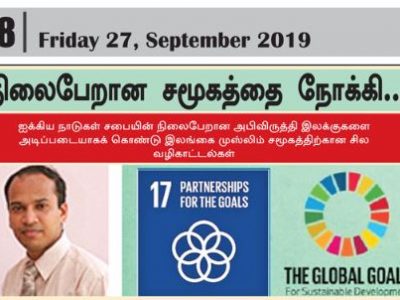Washed away
Every part of Sri Lanka is at least exposed to one of the natural disasters, be it a flood, landslide, cyclone, Tsunami, and if not to drought. In the recent past, there is a trend of increasing number of flood and landslide disaster events and their severity with the time. In Sri Lanka, the data between 1990 and 2011 indicates this trend particularly after 2003 (DMC 2012).







